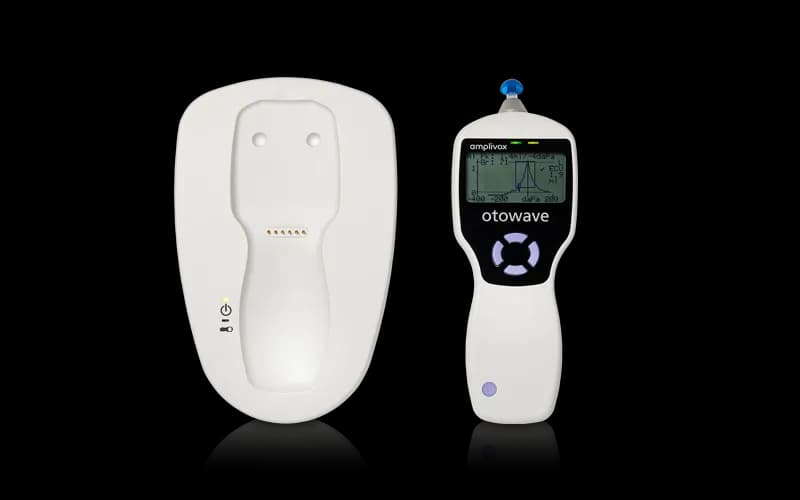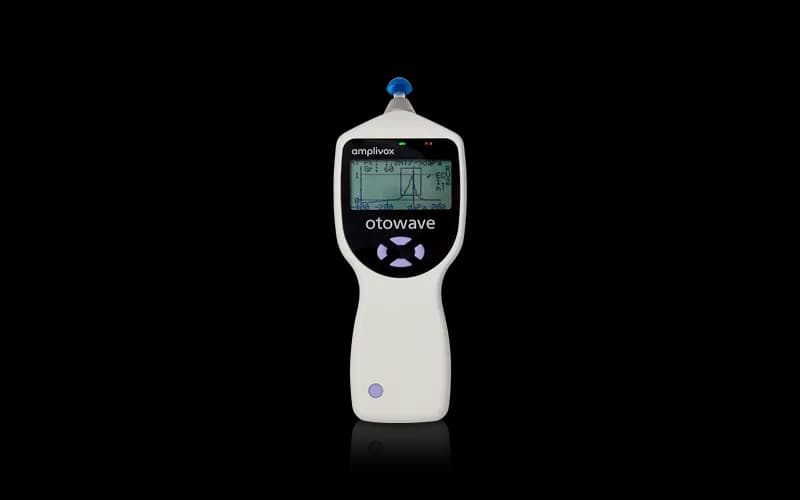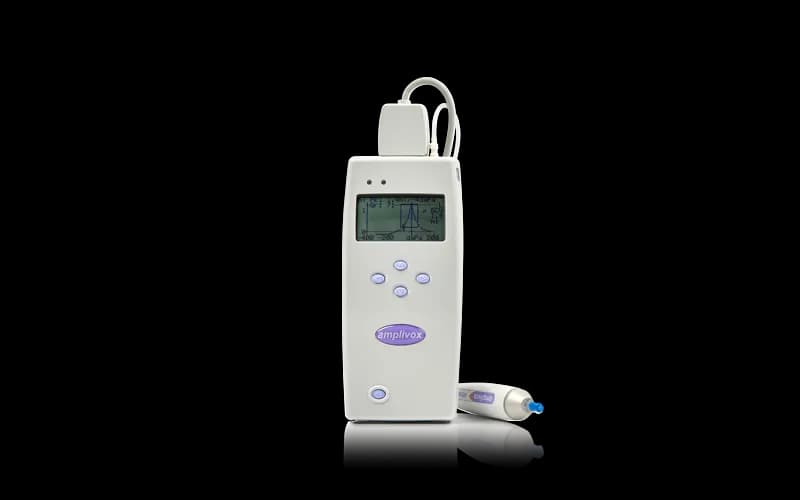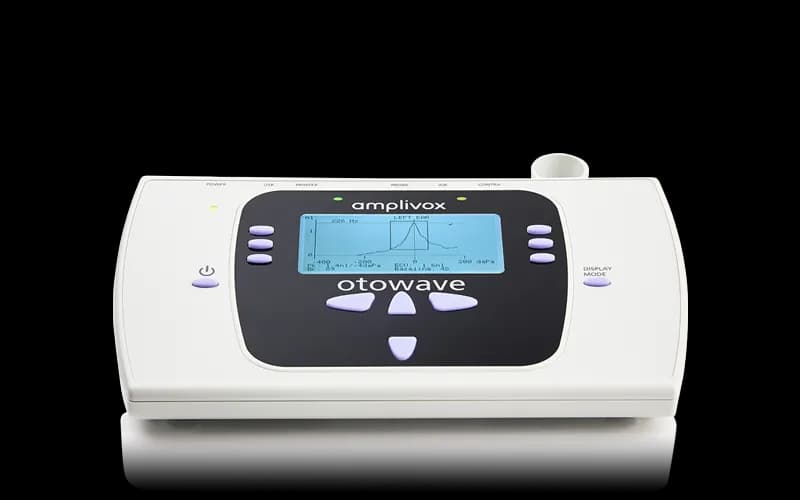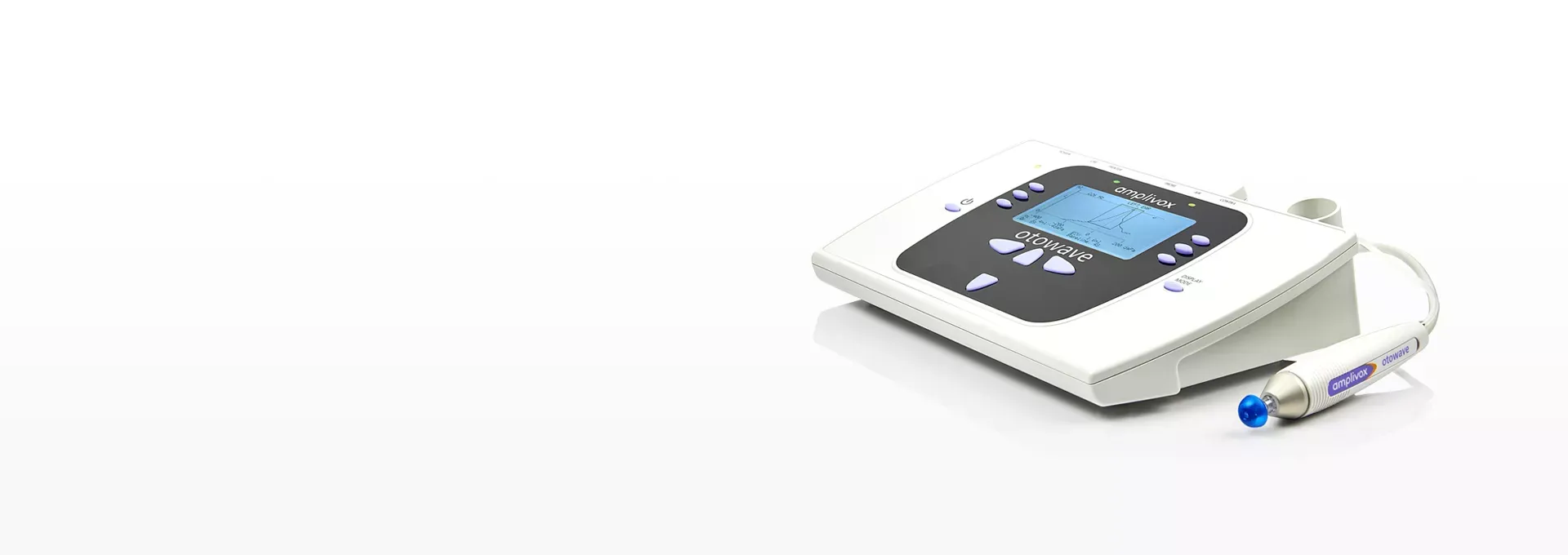
Tympanometers
Screening and diagnostic tympanometers
Industry-leading handheld and desktop tympanometers that provide fast and accurate middle ear measurements for all age groups, including neonates
Our tympanometers
We provide a variety of handheld and desktop tympanometers designed to fulfil the needs of audiologists and hearing health care professionals. Designed to assess the middle ear (tympanic membrane) by measuring air pressure changes at the eardrum.
Products
View moreFrequently asked questions
What is a tympanometer?
The general classification of a tympanometer is an instrument that measures the pathology of the middle ear, including the ear drum.
It is often referred to as a middle ear analyser, impedance or admittance meter, as the so-called tympanometry measurement is only one part of the entire middle ear assessment.
There are variations of the classification of a tympanometer; such as a screening or diagnostic/clinical device. Further tests can include measurement of the interaural muscles (acoustic reflex, decay and latency tests) as well as eustachian tube tests.
To understand which tests your tympanometer can perform, please check the specification on the user manual.
What is a tympanometer used for?
The full immittance measurement battery including the tympanometry test, the evaluation of the function of the interaural muscles (Acoustic Reflex Test and Reflex Decay) and the Eustachian tube (Eustachian Tube Function) help to differentiate between different pathology types of the middle ear such as:
- Middle ear effusion (Otitis media)
- Perforation or cicatrisation of the ear drum
- Ear grommets
- Eustachian tube dysfunction
- Tympanosclerosis
- Otosclerosis
- Cholesteatoma
